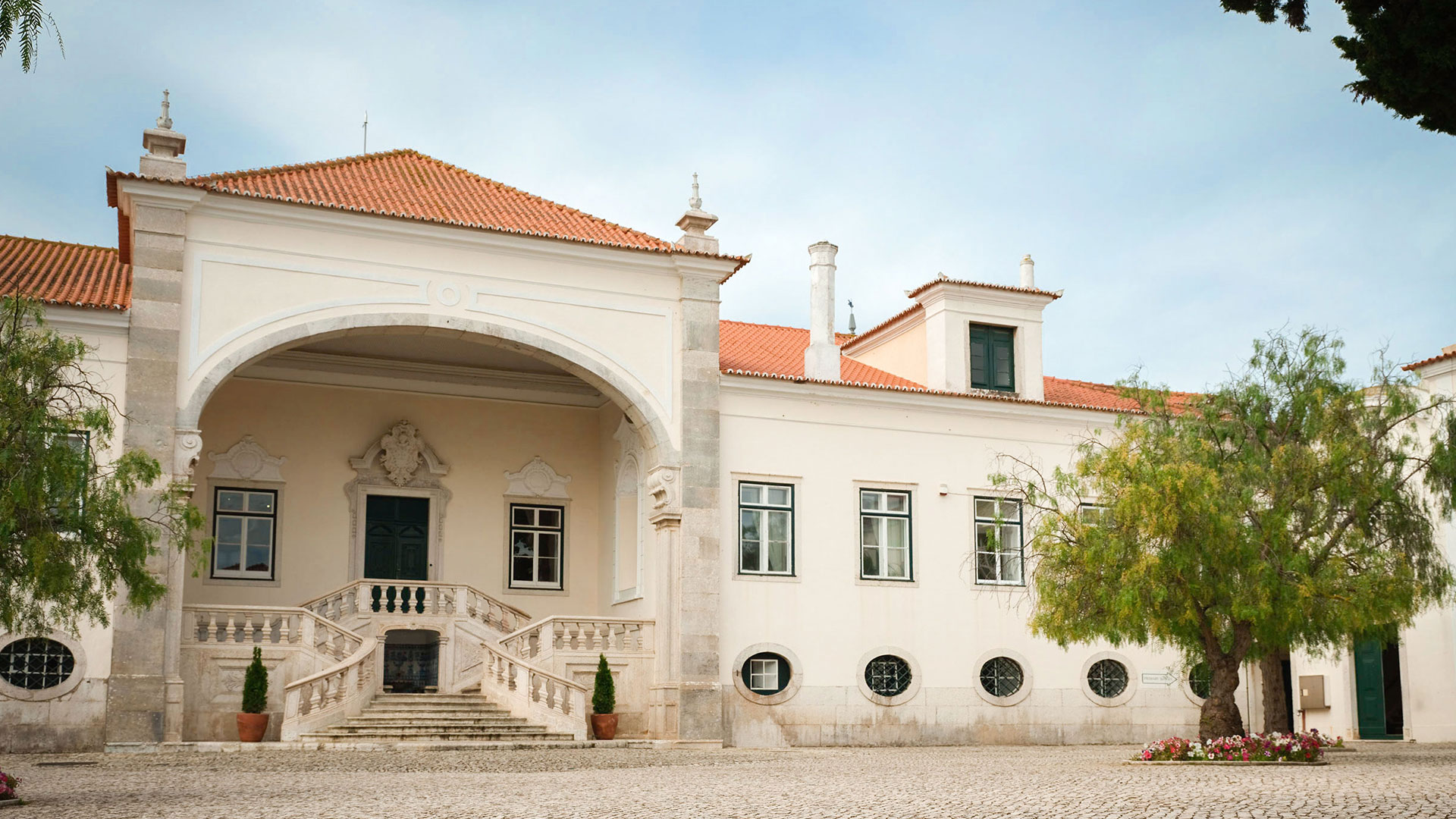Secondary has a new Merits and Notifications system

The need to establish positive conditions for learning is clear, but what exactly does it take for schools to get there? Over the course of the last 18 months, a group of dedicated staff from across the three sections has come together in order to evaluate, review and revamp the way in which we create a positive learning for all our students.
The key findings of the "Positive Learning Environment Working Party" (PLEWP for short) is that evidence shows that to create a positive learning environment, we should seek to build positive relationships, where expectations are clear and consequences are consistent. In light of this, the school has launched the first stage of our relationship-based approach. This will focus on the importance of relationship building, both between students and also with their teachers; it builds on the C’s which were launched at the start of the academic year and it will focus on restorative approaches to unexpected behaviours, rather than punitive ones.
To have a positive learning environment, students must feel welcomed, supported, and respected. Building a positive school climate and ensuring students are ready to learn requires us to continue to promote positive adult and student relationships. The PLEWP recognises that to be successful in its objective then there needs to continue to be:
- consistent structures/routines to support learning in different settings;
- ongoing professional learning and growth;
- student-focused and wellbeing-centred approaches to learning;
- a whole-school approach but one that is age-appropriate
Students must feel supported by all those involved with their learning. This includes teachers, classmates and their families. Collectively they should share an understanding of what a positive school environment looks and feels like so that they can work together toward this shared objective.
In the Secondary Section one small change, but an important one in terms of creating a positive learning environment, has been the way we communicate to parents unexpected behaviours that may arise. Rather than Demerits being given, parents will receive either a Learning Notification (in class) or an Incident Notification (outside of class or incidents which have the potential to cause harm to the wellbeing of others or themselves). These communications will identify the nature of the unexpected behaviour and provide an overview of the restorative measure that was taken.
If you are wondering what a restorative approach to unexpected behaviours is all about then the following overview will hopefully help explain this.
“Restorative justice is a philosophy and a theory of justice that emphasises bringing together everyone affected by wrongdoing to address needs and responsibilities and to heal the harm to relationships as much as possible.
Restorative justice is a philosophy that is being applied in multiple contexts, including schools, families, workplaces, the justice system, global conflict, and as a tool to transform structural and historic harms. Though only about 40 years old, the restorative justice movement is rapidly expanding, with tens of thousands of initiatives worldwide.
Many people mistakenly assume restorative justice is solely a conflict resolution process that comes into play after harm has occurred. Though school-based restorative justice offers a more equitable and respectful alternative for dealing with disciplinary infractions, it is also a proactive strategy to create a culture of connectivity where all members of the school community feel valued and thrive. Restorative justice is a profoundly relational practice.
Public Counsel, 2021”
As for the effectiveness of this approach, the National Children’s Bureau (2021) said - “A report published by the Department for Education (UK) gave whole-school restorative approaches the highest rating of effectiveness at preventing bullying, with a survey of schools showing 97% rated restorative approaches as effective.”
As the Positive Learning initiative develops we will continue to inform the whole school community of these changes, so that we can all work together, consistently, in order to create the best environment for our students to learn in.
Tom Rains
KS3 Deputy Principal


















.png&command_2=resize&height_2=85)











